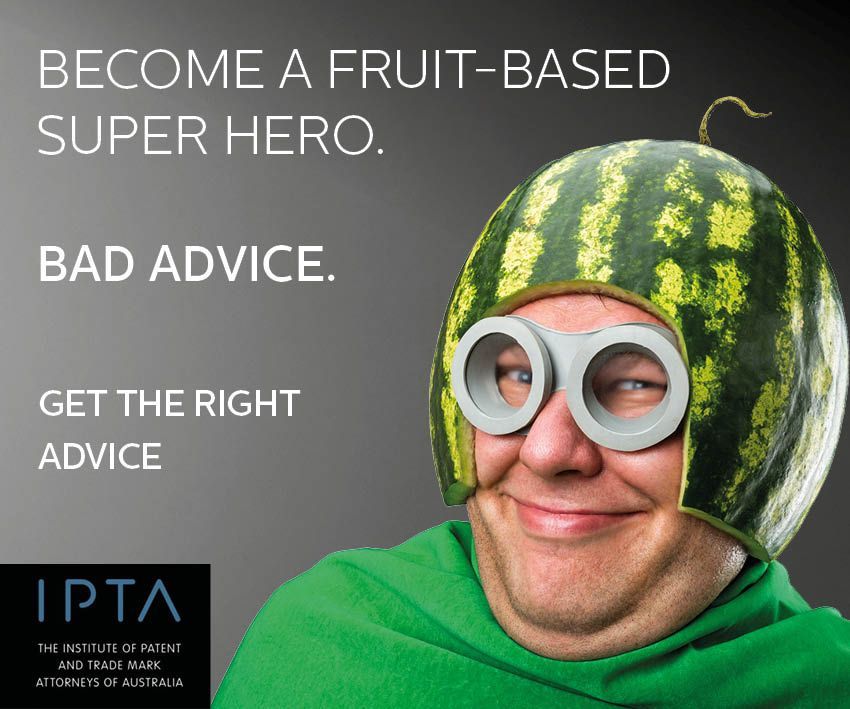1MG FlippingBooks
Building Australia’s innovation culture
Former Chief Scientist of Australia, Professor Robin Batterham AO”, started an innovation revolution with his report, Chance to Change. Here he shares his views on where we go next.

When Dr Robin Batterham visited an Australian university, he saw an exhibit that left him fascinated. According to him, it clearly showed the power of one idea sparking off another. In the exhibit, a clump of living neurones in a glass dish was wired up to a robot arm. Every time there was a noise, a sensor changed the oxygen content in the dish, causing the neurones to respond and command the arm to draw coloured swirls on a piece of paper.
To Dr Batterham, this cunning piece of science art was an allegory for Australia’s innovation culture. “Getting the neurones to fire and the ideas to spark across about 50,000 of Australia’s half-million small-to-medium enterprises (SMEs) is at the heart of our national challenge,” he says.
While he believes the links between science and big business are working well, those between science and SMEs, which make up half the economy, are not working as effectively.
“The tag we see a lot of, ‘invented in Australia – commercialised offshore’, is something that worries me,” he says.
“Although there are exceptions with companies such as Memtec, ResMed, Cochlear, Radiata and Vision Systems. These are global companies that started out in Australia. If we can get a company into the world market, retain our equity and grow it to a level where its turnover is around A$200-$500 million before it gets taken over, then I would say bravo. The big question is how do we generate 10 times as many such companies as we are currently generating?”
Multiplying our success stories
Dr Batterham’s view is that if Australia can multiply its output of dynamic home-grown global organisations, then the chances of it raising a giant such as a Nokia, an Ericsson or a Novo Nordisk will increase significantly.
“If we tried to deliberately grow one, we would probably fall flat on our faces,” he says. “Our immediate aim should be to try to get as many of our companies to the top-end of the scale for global SMEs. From there they will either be sold for a handsome profit, or else go on to become a world brand. Either way, I’d view it as success.”
Compared with a decade ago, Dr Batterham believes Australia has most of the key elements in place to achieve this. It has a strong, supportive research and development base within universities, and has established cooperative research centres and science agencies such as the CSIRO. There are also more policies that help with innovation as well as incentives. Australia’s research and development supports innovation and most Australians recognise the value of it.
However, it isn’t happening enough. “On paper it looks a simple proposition,” explains Dr Batterham. “You can bank your money and earn interest at a rate of 3 per cent or you can put it into research and development and earn an internal rate of return of 30 per cent.
“Although when you put that proposition to a company board, and tell them it will take five years to get that return, only a few brave souls – mainly in the larger companies – are prepared to go down that path.”
Dr Batterham believes that the answer lies in adopting a more strategic focus for innovation awareness, targeted directly at raising 50,000 of Australia’s small firms – roughly 10 per cent – to a level where they become contenders for global players.
In pockets of the economy, this is already happening. The wine industry offers one model and mining technology offers another.
“Today 20 per cent of French wine is made using Australian brains – our oenologists,” Dr Batterham says. “This is because of their recognition that we got it right. We have a clear understanding of the global market, combined with sound research and development, and we produce a product that is high quality and highly competitive in price.”
Aquaculture is showing signs of emasculating this success, he says.
“To achieve it, we need sound research and development and collaboration in clusters, where it makes sense to do so. There is no doubt aquaculture is on the same takeoff curve as wine was a decade or so ago. To support this, where do you find more millionaires per head of population in Australia?”
The answer is in Port Lincoln, South Australia, where the boom in tuna aquaculture is a clear sign you do not have to be located in a metropolis to ride the innovation wave.
Like the neurones in his initial example, Dr Batterham says the magic lies in getting young industry clusters to fire. Sometimes the clusters can be physical, such as the $150 million “Monash strip” which was launched in early 2002 with the aim of bringing together bright young companies and university research firepower.
This echoes the success of the United Kingdom’s “Cambridge strip”, where about 1400 high-tech companies have been seeded. Growth has been phenomenal, with some now earning a billion euros each.
Sometimes the clusters are based around an industry or an idea, even though the companies themselves may be scattered widely. AUSTMINE, consisting of 130 firms now earning $2 billion through exports of mineral know-how, is a case in point. It is located across the continent.
“This shows that you can have a selection of very diverse companies, scattered widely, that are nevertheless united under a common banner and have a common view of the opportunities,” says Dr Batterham. “They are also prepared to work together when it is sensible to do so.”
The cluster/awareness approach, he feels, is an answer to the eternal problem for small firms of being so preoccupied with the daily challenges of staying alive that they find it hard to focus on the strategic horizon. Moving from an Australian-centric view to a world-centric business view is much easier when there is a band of like-minded colleagues egging you on, sharing ideas, experiences and expanding your awareness.
Dr Batterham believes that our small enterprises can go a step further. “Large firms are now living off knowledge transfer,” he says. “If they have a problem, they share it on the intranet, and people with specialist knowledge start volunteering solutions. This is terribly powerful and it involves physically transforming knowledge by moving people about.”
Sharing ideas - the next big challenge
Batterham says he is not suggesting SMEs share staff, but if they form a really tight cluster, they can spark off one another, share ideas and pool resources, which is more than they can do on their own. Australia is well-endowed to launch the new innovation culture, as it has a strong science base that is increasingly looking for partners, and a high-quality education system.
“Above all, Australians seem to have an insatiable appetite for what is new, interesting and exciting,” Dr Batterham says. “We also have an appetite for debate and can ask the hard questions on topics such as stem cells, genetically-modified food and cloning.”
However, he adds there is still a certain reticence in the laboratories and high-tech boardrooms and not enough engagement with the wider society.
“We need to explain and share our visions and excitement,” he says. “For many in the innovation culture, wider communication is not yet legitimised and this is where the big challenge still lies.”
Professor Robin Batterham AO was the Chief Scientist of Australia from 1999 to 2006. He has led a distinguished career in research and technology in both the public and private sectors. He worked with CSIRO as a research scientist and became chief of the division of mineral and process engineering in 1985. His government appointments include membership of the Australian Research Council, the Advisory Panel of the Australian Institute of for Commercialisation, the Cooperative Research Centers Committee and the Science Prizes Committee.
Video
Interesting viewing
- Aquaculture Is Taking The world by storm & it’s attracting billionaires!










